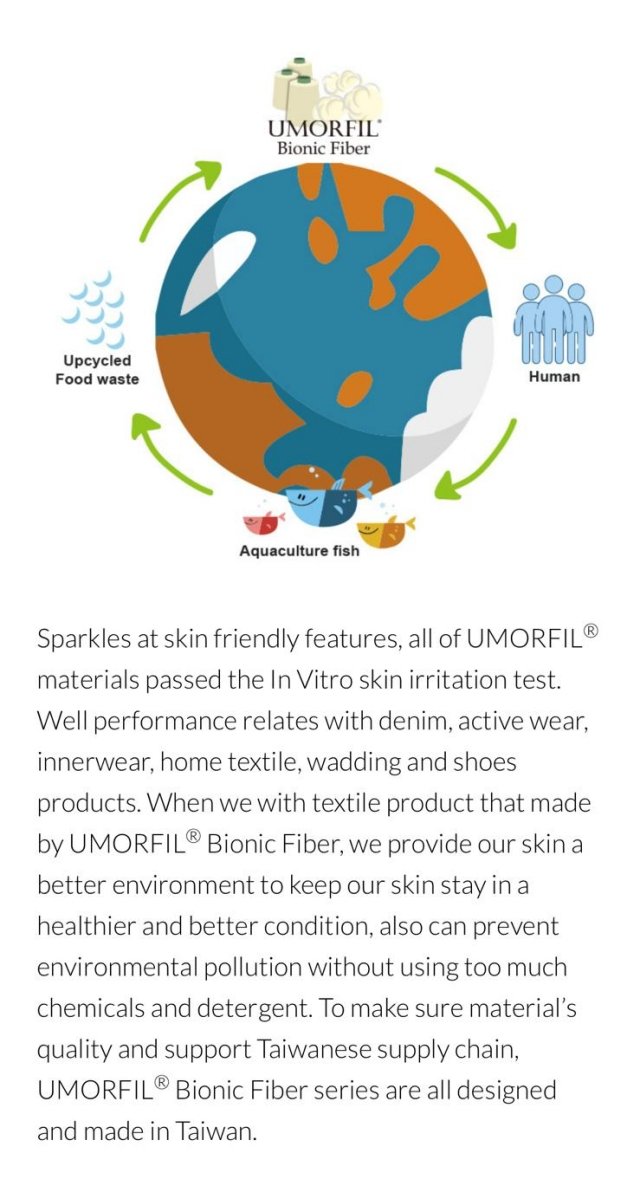Hello, Darlings!
Welcome back, and welcome to another blog from the Future of Fashion, a place where we can magically impact the future of fashion, beauty and creativity for all living creatures.
This week we take a fascinating view of the future by means of technology. The fashion industry has always been revered for its creativity and ability to access the mood of the time through the unique skills of designers and merchants. These skills are no longer dependent upon humans. The industry is going through a seismic shift driven by the relentless progress of technology. From designing, manufacturing, marketing and selling, every aspect of the fashion industry is being transformed through technology. In this blog, we will explore how these innovations are reshaping our relationship with fashion and what that means for the future.
All fashion starts with design. Here, there is a digital revolution. The days of sketching and draping are over. Now, designers are required to understand advanced software like 3D modelling, augmented reality (AR) and AI to design to market in ways that were previously not possible.
3D Modeling and Prototyping: Tools like “CLO 3D” and “Marvellous Designer” allow designers to create garments in a digital space. This reduces the need for endless sampling, reducing waste and speeding up the design process.
AI-Driven Creativity: AI algorithms can analyse vast amounts of fashion industry data to predict trends, offer design suggestions, and generate design options. Designers can collaborate with AI to push the boundaries of creativity to produce unique designs, which can be validated for commerciality, therefore creating best-sellers.
Augmented Reality (AR): AR tools enable designers to see how clothes will look and move on a virtual model, optimising fit and aesthetics before they are made. These tools can also support sales by using virtual designs to sell to end consumers. Styles can be sold without sampling and versions can be tested for market preference, with the least-selling not ever being produced.
MANUFACTURING: Smart Factories and Sustainability
The manufacturing process is probably the most human-involved, variable and complex process in the entire supply chain. This really does require a technological revolution to reduce waste, increase efficiency and become more sustainable.
IoT and Smart Factories: Whilst these are innovations of the future, it is important to consider and promote these technologies. The “Internet of Things” (IoT) enables machines within factories to communicate with each other, optimising production lines and reducing downtime. This results in greater efficiency and reduced waste, which reduces cost and speed to market.
3D Printing and On-Demand Production: 3D printing enables customisation and limited production, therefore optimising commerciality and reducing waste.
Materials Innovations and Circularity: Innovations in material science are creating sustainable fabrics and solutions. Further developing uses for recycling and repurposing old fabrics, materials and clothing for new use. We will see more of this as we create a future of sustainable solutions and circularity, which massively reduces the dependence on virgin resources, climate impact and waste.
MARKETING: Targeted and Immersive experiences.
Marketing now to a decade or so ago is unrecognisable. With the arrival and massive growth of social media platforms, traditional forms of advertising have almost been replaced by targeted marketing.
Data analytics and AI: AI-driven analytics provide brands with a deep understanding of consumer behaviour and preferences. This enables highly targeted campaigns directly to consumers, showing what they really want to engage with. This is one of the darker sides of technology, our loss of privacy. The dramatic development of digital marketing has impacted our lives as consumers in so many ways. Whilst data privacy has become mandated by law, we have to give brands our consent for them to use our data. Yet, many consumers are actively engaging with platforms that are literally causing consumer addiction.
Social Media and Influencers: Platforms such as Instagram, TikTok and YouTube are powerful marketing machines. Again, this highlights the critical psychological impact of technology on all of us as consumers. It does require us to engage with the platforms, but after a very active period of growth and all of us using smartphones, avoiding social media is almost an impossibility. This can be seen as a dangerous side of digital advancement, requiring us, as consumers, to be responsible for our engagement. Influencers have become very powerful as opinion leaders, using their massive following to promote the brands and products they represent. Some influencers have a really positive impact, introducing ideas, learnings and philosophies to benefit their followers. Again, the responsibility lies with us as consumers, as to how we engage with influencers and their content.
Virtual and Augmented Reality (VR/AR): Virtual showrooms and AR fitting rooms allow consumers to “try on” clothes virtually, providing interactive and personalised shopping experiences. This technology not only improves the consumer experience but can reduce return rates and increase customer satisfaction.
SELLING: E-commerce and beyond
The ways we shop for fashion are rapidly evolving. Driven by technology and normalised during the pandemic, online shopping is increasingly our first choice.
E-commerce Platforms: Online shopping has become so easy and efficient. Everything is available online and very few barriers to shopping remain. It is now a consumer’s paradise. From the pandemic, online retailers have improved speed of service, enhanced customer experience and elevated choice of products. Unfortunately, this has also led to too much clothing and availability, causing a heavy discount culture and customer fatigue. With the faltering of FarFetch and Net-a-Porter, the indication is that a whole new era of e-commerce will emerge.
Blockchain and Transparency: Blockchain technology is being used to enhance transparency in the supply chain. Customers can track the journey of their garments from raw materials to finished products, ensuring ethical practices and building brand trust.
Mobile Commerce: With the rise of smartphone use, mobile commerce has grown. We do not need to go to a physical place to shop, nor a computer, just straight to our phone. Shopping fashion has never been so easy and efficient. Apps and mobile-optimised websites make it easy for consumers to browse, buy and engage with fashion brands. Additionally, the gamification of shopping has leveraged the element of fun into the shopping experience. Brands are also using AI chatbots to assist with customer enquiries and improve service.
IN SUMMARY: The future has many opportunities for growth and innovation. With the implementation and rapid development of AI, the speed and innovation are endless. There are so many possible, optimised processes in the fashion industry. These bring benefits in terms of sustainable products and processes, as well as insights into reducing over-production and, therefore, reducing waste. The dark side of these advancements is that we, as consumers, are being driven to buy more of what we don’t need and not being conscious of the impact of technology on our lives. Let’s be conscious of using technology to create the future of fashion as a place of opportunity and creativity for all living creatures.
As always, have fun, love life, and enjoy fashion.
Kate xx















